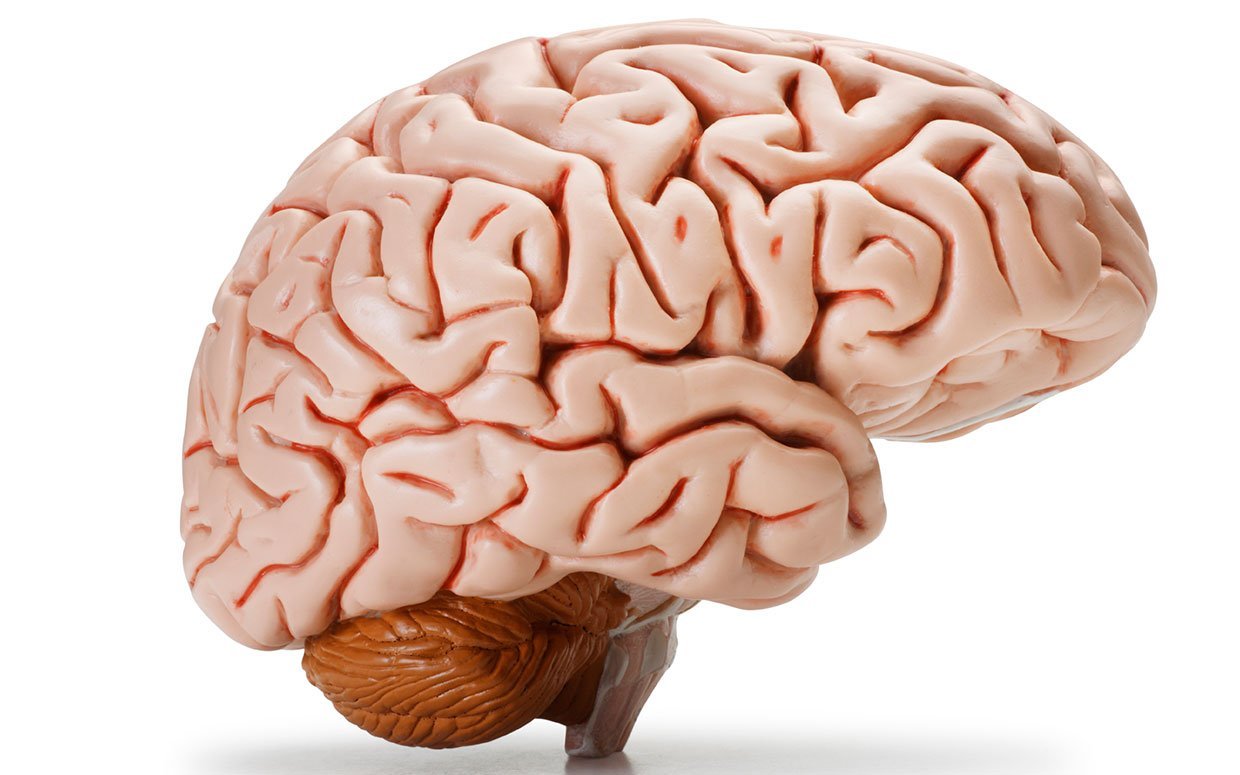Transcranial magnetic stimulation (TMS), covered by us earlier, is a procedure in which electrical activity of the brain is changed by an alternating magnetic field, through magnetic induction. The University of Texas Southwestern Medical Center at Dallas reports its involvement in the trial of TMS for treatment-resistant cases of depression:
Barbara Baas ran away from home and tried to kill herself as a teenager. As an adult, she has tried more than 15 varieties of antidepressants. But, thanks to a new weapon, she has finally reached a truce in a 45-year battle.
Mrs. Baas says a new treatment for depression is changing her life – so much so that she’s willing to drive 115 miles five days a week from Decatur to UT Southwestern Medical Center where she is participating in an experimental study. She undergoes transcranial magnetic stimulation (TMS), a noninvasive, nonpharmacological technology, in which short pulses of magnetic energy stimulate nerve cells in a specific area of the brain – an area that research has shown to be associated with depression.
“I am experiencing joy for the first time in years,” Mrs. Baas, 60, said. “I’m participating in life again. I went shopping at a new store near my home and realized it wasn’t drudgery. I actually enjoyed myself.”
UT Southwestern is one of 14 sites in the United States, Australia and Canada participating in the clinical trial for TMS. It is being evaluated for treating moderate, chronic and recurring depression, particularly in people who have responded poorly to antidepressant medications.
“Neural stimulation has been shown to be effective for treating depression,” said Dr. Mustafa Husain, professor of psychiatry and internal medicine and lead researcher for the UT Southwestern study site. “We’ve known that for years. The problem in the past has been that generalized neural stimulation can cause significant side effects, such as cognitive or memory loss.”
Not so with TMS, which produces the same amount of magnetic energy as magnetic resonance imaging and has little to no side effects.“With magnetic stimulation, we can provide neural stimulation in a very specific, localized focal area, avoiding those parts of the brain that can cause memory deficits,” Dr. Husain said. “In the case of depression, the left dorsal and frontal part of the brain, which is associated with mood regulation, is targeted.”
For Mrs. Baas, treatments involve lying awake in a chair for almost 40 minutes with two small electromagnetic coils strategically placed on her head and loud clicking noises sounding in her ears. Magnetic pulses are aimed at the left prefrontal cortex of the brain. Inside the brain, the magnetic pulses produce an electric field. This field, in turn, stimulates the neurons in that region of the brain, yet the amount of electricity created in the brain is too small for her to feel and does not trigger a seizure.


